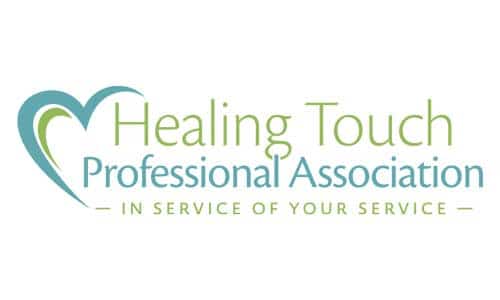Healing touch uses gentle, intentional touch that contributes to balanced physical, emotional, mental, and spiritual well-being.
How do experts use healing touch?
Medical groups provide recommendations for healing touch in treating people with cancer. Learn more about the approaches and meanings of recommendations. See Integrative Oncology Programs and Expert Guidelines ›
Clinical practice guidelines
These 2009 evidence-based clinical practice guidelines for integrative oncology conclude that therapies based on a philosophy of bioenergy fields are safe and may provide some benefit for reducing stress and enhancing quality of life. Guidelines give a strong recommendation for these therapies, which include healing touch, reiki, Therapeutic Touch® and polarity therapy, for these uses:
- For reducing anxiety: grade 1B (strong recommendation, moderate-quality evidence)
- For pain, fatigue, and other symptom management: grade 1C (strong recommendation, low or very low quality evidence)
Clinical practice guidelines on the evidence-based use of integrative therapies during and after breast cancer treatment › This set of guidelines has been endorsed by the American Society of Clinical Oncology (ASCO)1Lyman GH, Greenlee H et al. Integrative therapies during and after breast cancer treatment: ASCO endorsement of the SIO clinical practice guideline. Journal of Clinical Oncology. 2018 Sep 1;36(25):2647-2655.
SIO’s 2017 clinical practice guidelines for patients with breast cancer provide these recommendations for energy healing therapies, including healing touch:
- Can be considered for improving mood disturbance and depressive symptoms (rated Grade C, at least moderate certainty that the net benefit is small)
- Insufficient evidence to form a clinical recommendation for using healing touch for anxiety/stress reduction or improving quality of life
These guidelines found inconclusive evidence for making recommendations for or against healing touch to improve symptoms of anxiety or depression in people with cancer regardless of when in the course of care.
Other expert assessments
Current Oncology Reports
An expert review of evidence suggests that touch therapies might have a potential role in alleviating cancer-related fatigue.2David A, Hausner D, Frenkel M. Cancer-related fatigue-is there a role for complementary and integrative medicine? Current Oncology Reports. 2021 Nov 7;23(12):145.
Helpful link

Healing Touch Professional Association ›
This association certifies practitioners and instructors.
References
